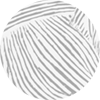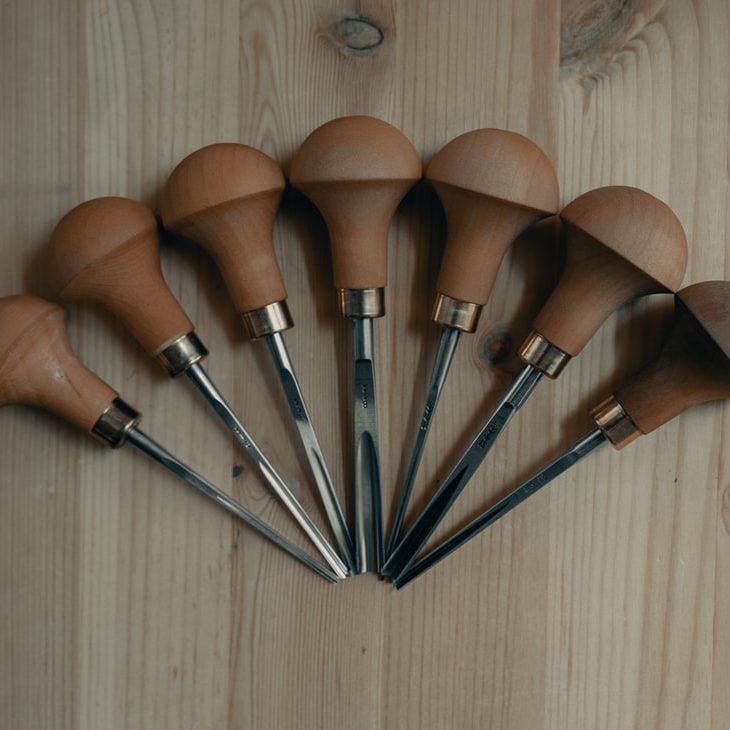
When she was tired of black prints, she expressed herself in colorful oil paintings. She appreciated the third dimension in sculptures and wood reliefs and lived out her humorous side in graphic design of the books. However, she preferred the nowadays seldom used wood engraving technique in which she could best express herself.
At first glance one is able to grasp the reality Jadzia expressed in her works; An unconcealed temper, a deep connection to the Beskids – even small features of the landscape are important, a strong, mysterious bond with nature, the fascination for the living world and for the expressiveness of human faces, empathy and understanding for the unimposing people struggling with their lives. At the same time she ruthlessly lays bare the dark sides of human. Finally, there is her love for animals, the ones close to her and others who are rumored to have an supplementary, sometimes magical significance.
The Author is an unusually textual graphical artist. Her work is rich in content and elegantly describes the world in which she is living.
The content of her works, their titles, dates of origin and inscriptions demand careful reading and reflection. They represent an honest and expressive transcription of her reception and understanding of life; they tell of people and specific life situations. The sincerity of these recollections, the heartfelt sharing of personal experiences and the integrity of her art – all that asks for an attentive contemplation of her works.
Prof. dr. hab. Katarzyna Olbrycht
Wood Engraving Technique
Woodcut is the earliest known relief-printing method. It originated in China in antiquity and developed in Europe since about 1400. Woodcut means also a print of a type made from a design cut in a polished block of wood. The design is produced by cutting away everything except the lines or shapes to be printed. The remaining, raised surface is covered with ink by rolling with a brayer. Against this surface a piece of paper is pressed, either manually or by running it through a press, to print an image on the paper. The image is reversed.
Wood engraving is the newer technique developed by Thomas Bewick before 1790. He engraved the grain side of hard woods instead of the side grain woods used in woodcuts. In addition he used another cutting tool called burin or graver with a diamond-shaped point at the tip which creates a finer and more defined rendering than is possible with woodcut tools. Wood engraving plates (stencils) are glued from many small blocks and allowed therefore only handmade printing (risk of breakage).


